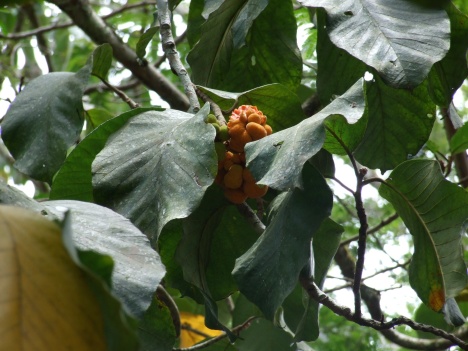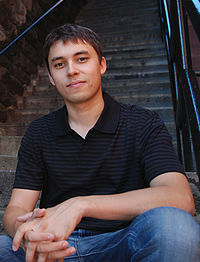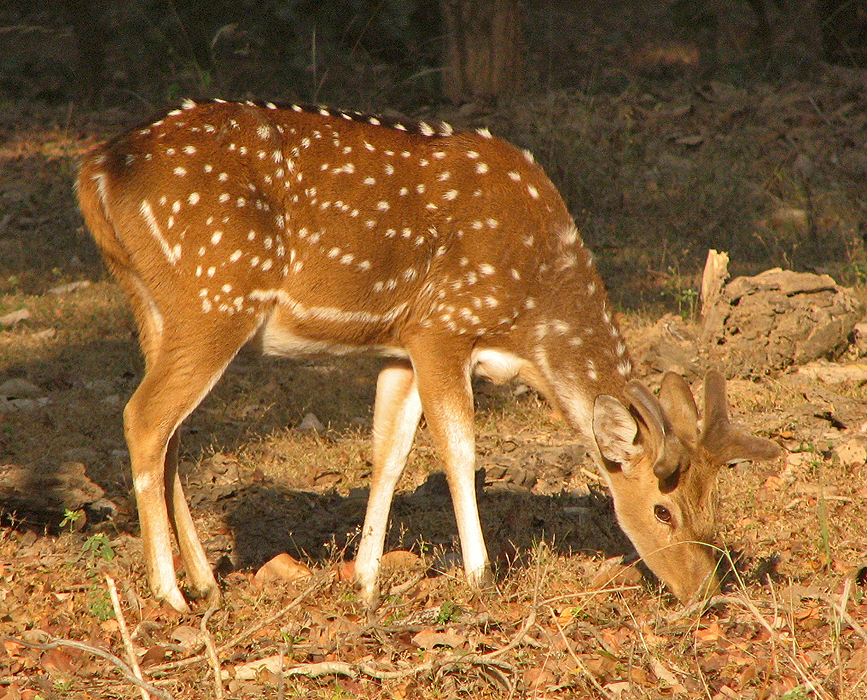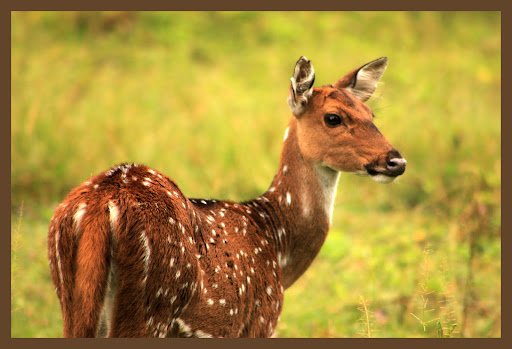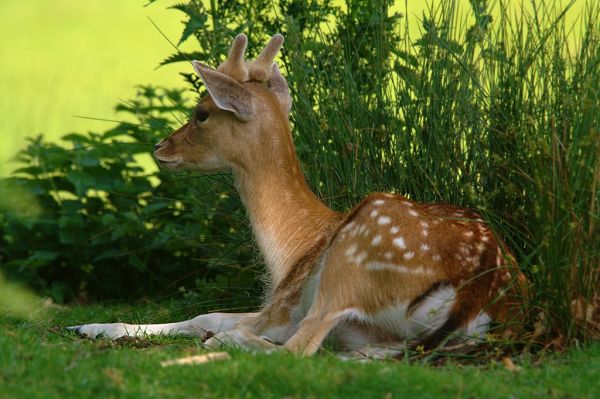In Bangladesh the pharmaceutical sector is one of the most developed hi-tech sectors which is contributing in the country’s economy.
With an annual turnover of about $715 million, Bangladesh's pharmaceutical industry is one of the fast growing sectors in Bangladesh.
There are about 231 companies in this sector and the approximate total market size is about $650 million per year of which about 95% of the total requirement of medicines is created by the local companies and the rest 5% is imported. The imported drugs mainly comprise of the cancer drugs, vaccines for viral diseases, hormones etc.
Among the 49 least developed countries (LDCs), Bangladesh is the only country that is nearly self-sufficient in pharmaceuticals.
Bangladesh's pharmaceutical industry now caters to 96 percent of the country's pharmaceutical needs, worth about $700 million.
The remaining 4 percent includes Insulin, vaccines and high-end anti-cancer drugs, the production of which are very capital intensive and therefore not economically feasible for Bangladesh.
Bangladesh is basically a branded generic market. The industry's major competence lies in formulation.
In total, more then 230 companies have operations in Bangladesh. About 200 have their own manufacturing facilities, of which five are multinationals.
It is also active in active pharmaceutical ingredients (API). Twenty-one different companies now locally manufacture 41 APIs.
Year 1982 brought in a substantial change in the Bangladeshi pharmaceutical scenario. In June of that year, Drug (Control) Ordinance of 1982 was promulgated against the backdrop of the rising cost of medicines, with emphasis on the manufacturing of low-tech products with negligible or doubtful needs.
The ordinance sought to bring down the prices of ``Essential Drugs," discontinue production of pharmaceuticals of doubtful or negligible use and encourage local production of pharmaceuticals.
The professional knowledge, thoughts and innovative ideas of the pharmacists working in this sector are the key factors for this developments.
The export value of pharmaceuticals, though small, is growing every year .Export increased from $8.2 million in 2004 to $28.3 million in 2007 and expanded further in last two of years.
The export destinations have now risen from 37 to 72 countries during the period.
Bangladesh’s pharmaceutical industry has potential to grow and compete in the international market. Its ability to comply otherwise with the guidelines of quality assurance provides it the competitive advantage.
Most companies follow the good manufacturing practice (GMP) standards, set by the UN World Health Organisation (WHO).
Bangladesh can compete with countries like India, China, Brazil and Turkey in the international export market due to its quality compliance. If enjoys the exemption limit until 2016 under the provisions of the World Trade Organisation with regard to generic, patients and other related matters. The ability of the Bangladesh industry is otherwise undisputed about achieving excellence.
The country exports high-tech specialised products like HFA, inhalers, suppositories, hormones, steroids, oncology, immunosuppressant products, nasal sprays, injectibles and IV infusions. The local pull of demand for medicines set the industry in a second footing.
Epidemics like malaria, dengue, cholera and typhoid, no more kill as many people in Bangladesh as they once did. Affordability and availability of medicines contributed to the achievement.
Bangladesh tops South Asia with its average life expectancy of 61 years though per capita consumption of medicines is one of the lowest in the region. Over 50 new factories came up in last three years, of which about two dozen took to aggressive marketing. Out of 230 companies, 200, including five multinationals, have their manufacturing facilities.
At least 21 companies produce 41 active pharmaceutical ingredients (API). To feed the local industry, more API industries are needed. The recent approval, as was reported in a section of the media, to a 30 billion dollar API industrial park in Munshiganj will inject fresh momentum to the pharmaceutical industry. Bangladesh can save at least 70 per cent of expenditure on raw materials when the API part goes into production.
Bangladesh's pharmaceutical industry's progress so far is praiseworthy. It has made the country nearly self-sufficient in pharmaceuticals, became the second largest contributor to the state exchequer, is now a major employer of knowledge-based workers, made pharmaceuticals accessible and affordable to the majority of the population and forayed into export markets with success.
Source
: Article by Samson H. Chowdhury,Chairman of Square Pharmaceuticals in The Korea Times(25-03-2008 ) and ''Bangladesh’s pharmaceutical industry has potential to grow up'' from Gurumia.com


